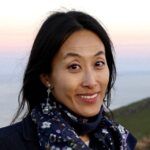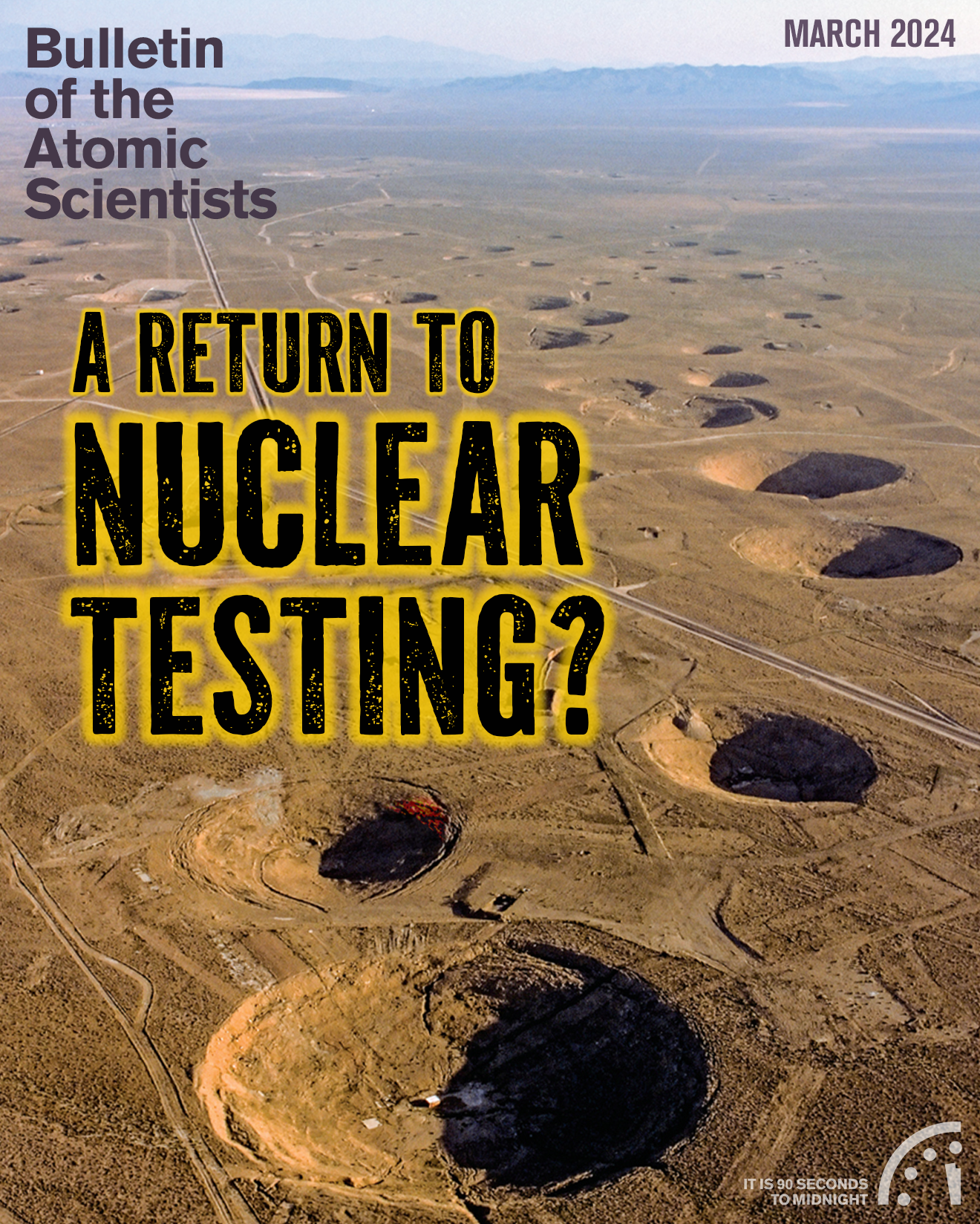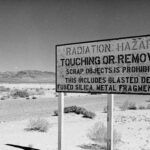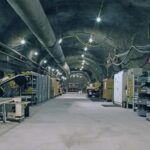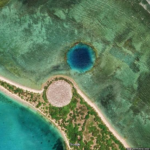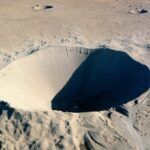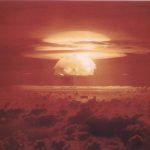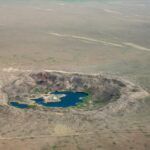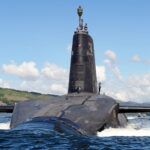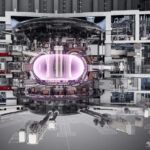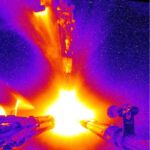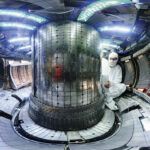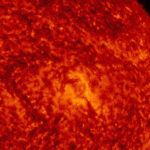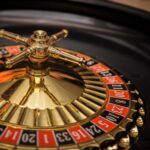Ahlander, J., and P. O’Connor. 2019. “North Korea breaks off nuclear talks with U.S. in Sweden.” Reuters. October 6.https://www.reuters.com/article/idUSKBN1WK071/
Bank of Korea. n.d. “북한GDP관련통계” [Statistics Related to North Korea’s GDP]. https://www.bok.or.kr/portal/main/contents.do?menuNo=200091
Carlin, R. 2023. “Pay Attention: The ‘Commentator’ Returns.” 38 North. March 31.https://www.38north.org/2023/03/pay-attention-the-commentator-returns/
Carlin, R., and R. M. Lee. 2021. “Understanding Kim Jong-un’s Economic Policymaking: Defense Versus Civilian Spending.” 38 North. September 22. https://www.38north.org/2021/09/understanding-kim-jong-uns-economic-policymaking-defense-versus-civilian-spending/
Carlin, R., and R. M. Lee. 2022. “Understanding Kim Jong-un’s Economic Policymaking: Management System Discourse.” 38 North. February 16. https://www.38north.org/2022/02/understanding-kim-jong-uns-economic-policymaking-management-system-discourse/
Carlin, R., and R. M. Lee. 2023. “North Korea Makes a Still More Conservative Turn at Party Plenum.” 38 North. January 5. https://www.38north.org/2023/01/north-korea-makes-a-still-more-conservative-turn-at-party-plenum/
DPRK Ministry of Foreign Affairs. 2022a. “Answer of Spokesperson for Ministry of Foreign Affairs of DPRK.” February 28. http://mfa.gov.kp/view/article/14457
DPRK Ministry of Foreign Affairs. 2022b. “DPRK Officially Recognizes Donetsk and Lugansk.” July 14. http://mfa.gov.kp/view/article/15441
Ha, Y. 2018. “Increase in North Korea-manufactured products driving domestic growth.” DailyNK. September 27. https://www.dailynk.com/english/increase-in-north-korea-manufactured-products-driving-domestic-growth/
Han, Ki-beom. 2020. 북한의 경제개혁과 관료정치 [North Korea’s economic reform and bureaucratic politics]. Seoul, South Korea: Daewon Publishing.
Ho, S. 2003. “공화국국방위원회에 대한 헌법적규제는 당의 선군정치실현의 확고한 담보” [“Constitution Laying Down Rules on the Republic’s National Defense Commission Is a Firm Guarantee for Realizing the Party’s Military-First Politics”]. Journal of Kim Il Sung University (History and Law) 2003 (4).
Jang, S. 2021. “Exclusive: Daily NK obtains materials explaining specifics of new ‘anti-reactionary thought’ law.” DailyNK. January 19. https://www.dailynk.com/english/exclusive-daily-nk-obtains-materials-explaining-specifics-new-anti-reactionary-thought-law/
Jo, D. 2021. “Kim Jong-un’s Economic Opening and Reform: Opportunities, Constraints and Prospects.” Global Asia. September. https://www.globalasia.org/v16no3/focus/kim-jong-uns-economic-opening-and-reform-opportunities-constraints-and-prospects_dongho-jo
KCNA. 2013. “Report on Plenary Meeting of WPK Central Committee.” March 31. http://kcna.co.jp/item/2013/201303/news31/20130331-24ee.html
KCNA. 2018. “Third Plenary Meeting of Seventh C.C., WPK Held in Presence of Kim Jong-un.” April 21. http://kcna.co.jp/item/2018/201804/news21/20180421-01ee.html
KCNA. 2019a. “Report on 4th Plenary Meeting of 7th Central Committee of WPK.” April 11. http://kcna.co.jp/item/2019/201904/news11/20190411-01ee.html
KCNA. 2019b. “Supreme Leader Kim Jong-un’s Policy Speech.” April 14. http://www.kcna.kp/en/article/q/9d9aba502a8e20a635045b103458aaa7.kcmsf
KCNA. 2019c. “DPRK FM Spokesperson Fully Supports Stand and Measures of Chinese Party and Government towards Hong Kong Issue.” August 11. http://www.kcna.kp/en/article/q/9953e50a23939d68b0a8d7a805407978.kcmsf
KCNA. 2020a. “12th Plenary Meeting of 14th Presidium of DPRK Supreme People’s Assembly Held.” December 5. http://www.kcna.kp/en/article/q/2724231d2cc9182ee920b951ceb6ba56.kcmsf
KCNA. 2020b. “Statement of Spokesman for International Department of C.C., WPK.” June 4. http://www.kcna.kp/en/article/q/039c8a1007db8e8919ebf1b6010c73ca.kcmsf
KCNA. 2020c. “Fifth Plenary Meeting of Seventh Central Committee of Workers’ Party of Korea Held.” January 1. http://www.kcna.kp/en/article/q/76777313290b0d440a17ac65f3eba822.kcmsf
KCNA. 2020d. “Statement of First Vice-Foreign Minister of DPRK.” July 4. http://kcna.co.jp/item/2020/202007/news04/20200704-05ee.html
KCNA. 2021a. “Great Programme for Struggle Leading Korean-style Socialist Construction to Fresh Victory: On Report Made by Supreme Leader Kim Jong-un at Eighth Congress of WPK.” January 9. http://www.kcna.kp/en/article/q/4bd89fa5293bdf0a82d3f4323d1636e2.kcmsf
KCNA. 2021b. “Kim Jong-un Makes Commemorative Speech at Defence Development Exhibition.” October 12. http://kcna.co.jp/item/2021/202110/news12/20211012-03ee.html
KCNA. 2021c. “Respected Comrade Kim Jong-un Makes Historic Policy Speech ‘On the Orientation of Present Struggle for a Fresh Development of Socialist Construction’.” September 30. http://www.kcna.kp/en/article/q/cc488ad80d583ce1323c13164441ea84.kcmsf
KCNA. 2022a. “Law on DPRK’s Policy on Nuclear Forces Promulgated.” September 9. http://www.kcna.kp/en/article/q/ac4555c05e45e57a98a86cc12cfc0695.kcmsf
KCNA. 2022b. “Respected Comrade Kim Jong-un Makes Policy Speech at Seventh Session of the 14th SPA of DPRK.” September 10. http://www.kcna.kp/en/article/q/15f336993bdcb97a22f50fa590e6bc72.kcmsf
KCNA. 2022c. “Respected Comrade Kim Jong-un Makes Speech at Military Parade Held in Celebration of 90th Founding Anniversary of KPRA.” April 26. http://www.kcna.kp/en/article/q/e30da1bef4848c57353068fea9c7860f.kcmsf
KCNA. 2022d. “Special Workshop for Officials in Party Life Guidance Sections of Organizational Departments of Party Committees at All Levels of WPK Held – General Secretary of WPK Kim Jong-un Guides Workshop.” July 7. http://www.kcna.kp/en/article/q/a7ee288532031a9e4c0e71d41248d34c.kcmsf
KCNA. 2022e. “Report on Third Enlarged Meeting of Eighth Central Military Commission of WPK.” June 24.http://www.kcna.kp/en/article/q/014ec423519c7a2594e483c8e36c3760.kcmsf
KCNA. 2023a. “9th Session of 14th SPA of DPRK Held.” September 28. http://www.kcna.kp/en/article/q/9c38c667ab8fc1a8ab39bded693ee120.kcmsf
KCNA. 2023b. “Important Weapon Test and Firing Drill Conducted in DPRK.” March 24. http://www.kcna.kp/en/article/q/8f6050fdcdec7876cc135c0378202bf2.kcmsf
KCNA. 2023c. “Counteraction Drill for Important Purpose Conducted in DPRK.” September 3. http://www.kcna.kp/en/article/q/cc2a0576487bddf951ec6b500d53b716.kcmsf
KCNA. 2023d. “Second-day Sitting of 9th Plenum of 8th WPK Central Committee Held.” December 31. http://www.kcna.kp/en/article/q/0b4aee5f2df47f0d1b5def72c5226103.kcmsf
KCNA. 2023e. “Report on 9th Enlarged Plenum of 8th WPK Central Committee.” December 31. http://www.kcna.kp/en/article/q/5a9ffe6e4d6704ac1838b14785365295.kcmsf
KCNA. 2023f. “Rodong Sinmun Calls for Strict Discipline in Carrying out National Economic Plan.” March 15. http://www.kcna.kp/en/article/q/5f90f99b812f199a9d7efbab42898f5b.kcmsf
KCNA. 2023g. “Report on 6th Enlarged Plenary Meeting of 8th WPK Central Committee.” January 1. http://www.kcna.kp/en/article/q/e6667bf3afa7c65e0939f77ee83eabf9.kcmsf
KCNA. 2023h. “Respected Comrade Kim Jong-un Gives Field Guidance to Major Munitions Factories.” August 6. http://www.kcna.kp/en/article/q/70bc62f3bba6089ae3c1c9d9737f3ea2.kcmsf
KCNA. 2023i. “On Root of Escalated Tension in Korean Peninsula.” March 17. http://www.kcna.kp/en/article/q/5e987aab134e4821fa2cc4cd372b5170.kcmsf
KCNA. 2023j. “Press Statement of Kim Yo Jong, Vice Department Director of C.C., WPK.” July 10. http://kcna.co.jp/item/2023/202307/news10/20230710-09ee.html
KCNA. 2023k. “New Milestone for Development of DPRK-Russia Relations: Respected Comrade Kim Jong-un Has Historic Meeting with President Vladimir Vladimirovich Putin at Vostochny Spaceport.” September 14. http://www.kcna.kp/en/article/q/e47f15998b6c765617c6dcf8a7df644b.kcmsf
KCNA. 2023l. “Talks between DPRK and Russian FMs Held.” October 20. http://www.kcna.kp/en/article/q/e8b36be682acb607718a1e0e1b759965.kcmsf
KCNA. 2023m. “DPRK Vice Foreign Minister Meets Chinese Foreign Minister.” December 18. http://www.kcna.kp/en/article/q/0357cf1fe0e0c2af7abf9a5f922cfb68.kcmsf
KCNA. 2024a. “Decision of DPRK Supreme People’s Assembly.” January 16. http://www.kcna.kp/en/article/q/73271d114a77649b1ae44c9acfabf495.kcmsf
KCNA. 2024b. “DPRK Foreign Minister Meets Russian President.” January 17. http://www.kcna.kp/en/article/q/7c108d980d3cc83a5a0fb8e10b4fbf48.kcmsf
KCNA. 2024c. “DPRK Foreign Minister Meets Chinese Vice Foreign Minister.” January 27. http://www.kcna.kp/en/article/q/c6d3839aa4b3fdd3e369b3f1b8cf1ec7.kcmsf
Kim, H. 2012. “Disney characters make rare appearance in NK.” Korea JoongAng Daily. July 10. https://koreajoongangdaily.joins.com/2012/07/10/politics/Disney-characters-make-rare-appearance-in-NK/2955978.html
Lee, R. M. 2019a. “On party founding anniversary, North Korea bolsters Kim Jong-un’s leadership.” NK Pro. October 11. https://www.nknews.org/pro/on-party-founding-anniversary-north-korea-bolsters-kim-jong-uns-leadership
Lee, R. M. 2019b. “North Korea reinforces ideological education against ‘bourgeois’ values.” NK Pro. October 10. https://www.nknews.org/pro/north-korea-reinforces-ideological-education-against-bourgeois-values/
Lee, R. M. 2019c. “Putting North Korea’s post-Panmunjom meeting actions into context.” NK Pro. July 25. https://www.nknews.org/pro/putting-north-koreas-post-panmunjom-meeting-actions-into-context/
Lee, R. M. 2021. “North Korea’s Party Personnel Shuffles: A Reality Check.” 38 North. July 23. https://www.38north.org/2021/07/north-koreas-party-personnel-shuffles-a-reality-check/
Minju Joson. 2023. “<사회주의헌법학습> 우리 국가경제는 계획경제” [“Socialist Constitution Study: Our National Economy Is a Planned Economy”]. May 11.
Nam, H. 2023. “Analysis: NK-Russia ties strengthen swiftly while China remains cautious.” Korea Times. July 30. https://www.koreatimes.co.kr/www/nation/2023/12/103_355998.html
Philips, T. 2017. “Xi Jinping says a dark shadow looms over the world after years of peace.” The Guardian. September 3. https://www.theguardian.com/world/2017/sep/03/xi-jinping-dark-shadow-north-korea-nuclear-test-chinese-brics
Ri, K. 2023. “우리 국가경제는 자립경제, 계획경제이며 인민을 위하여 복무하는 경제” [“Our National Economy Is a Self-Supporting Economy and a Planned Economy and an Economy That Serves the People”]. Minju Joson. February 26.
Ri, M. 2010. “새롭게 수정보충된 사회주의헌법은 선군정치실현을 확고히 담보하는 위력한 법적무기” [“Newly Amended and Supplemented Socialist Constitution Is a Powerful Legal Weapon That Firmly Guarantees the Realization of Military-First Politics”]. Journal of Kim Il Sung University (History and Law) 2010 (2).
Shin, H. 2008. “(2nd LD) N. Korean leader recovering: intelligence agency.” Yonhap. September 10. https://en.yna.co.kr/view/AEN20080910009700315
Tong, T. 2023. “우리 국가의 전진과 강세는 멈춤도 한계도 없다” [“There Is No Stop or Limit to the Advance and Mighty Strength of Our State”]. Rodong Sinmun. March 18.
